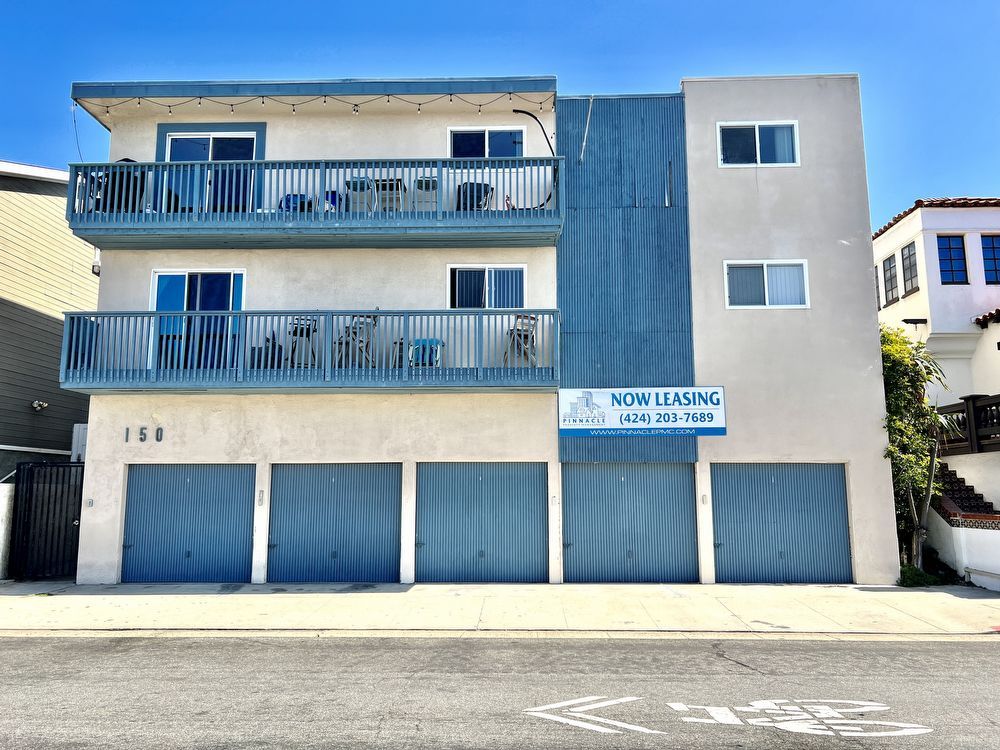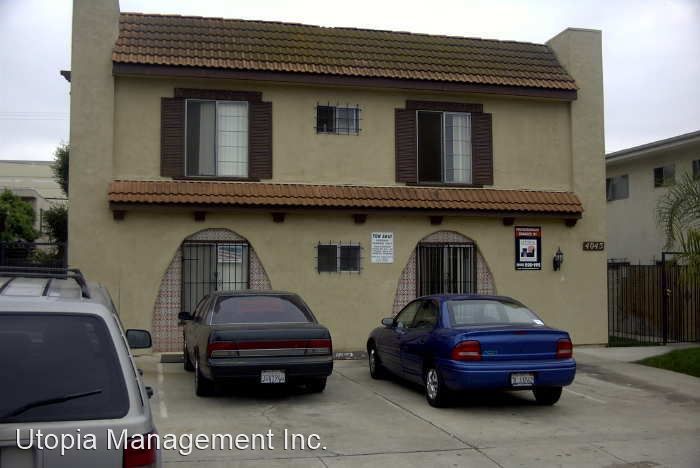
A good property manager is a must-have for any landlord. They can help reduce liability, manage maintenance issues, and ensure that your rental properties are occupied at all times. Property managers are also responsible for handling the marketing of your rental properties.
For most landlords, securing the best tenants for their properties is one of the most enjoyable parts of owning a real estate investment. An attractive property is a great way to attract good tenants. It also helps you build a strong rent pool. Finding the right tenants can be a difficult part of the puzzle. Customer service is key. Tenants will be less likely to hire you if your ability to respond quickly and effectively is not there.
The fees property managers usually charge for include marketing, leasing, maintenance, evictions, and other services. These fees are calculated based on a percentage from the total rental income. A professional management firm will generally ask for between 8-12 percent of the monthly income.

Property managers can also manage the rental property's maintenance needs. A property manager can manage the rental home's monthly maintenance needs, whether it is minor repairs or major upgrades.
A good property manager will also be responsible for posting your homes up for rent on their website. This is a great place to rent your homes to potential tenants. It also reduces your reliance of advertising. Some property management companies will even upload videos of the houses to their websites for potential tenants to view.
Many property management companies are able to assist with legal matters, as well providing information about federal housing programs and the state. These perks can include low-interest loans and tax credits.
Getting a good property manager is not the easiest thing to do. Choosing the right manager is a matter of doing your homework. A quality manager will not only have the experience and knowledge to manage your assets properly, but they can also save you time.

Most property managers will also offer a list of approved vendors. These vendors can help with a variety of tasks, from fixing leaky pipes to replacing broken appliances. It is important that quality managers have good working relationships with these vendors. You'll save money and receive better service if you have a reliable source for vendor recommendations.
A good property manager can help you to identify and fix any tenant problems. Missing payments are one example of a problem, while others could be more serious. Talk to your manager before these problems become serious.
A great property management firm is worth their weight in gold. A good property manager can make a big difference in terms of productivity, efficiency and profit. With their support, you will have more enjoyment investing in real property and less worries.
FAQ
Who will take care of my handyman job?
Professional handymen are the best option if you're looking for someone local who can do a job such as replacing a light bulb or fixing a leaky faucet. Handyman services are also available for larger jobs like repairing or installing floor tiles.
Handyman Services can provide ongoing support for those in need, including maintenance.
What happens when a handyman causes injury and I am not satisfied with his work.
Notify him immediately if something goes wrong with the project. It is best to take photos and write down the details. Contact your insurance company to file a claim.
When is the best time of year to hire handymen?
There is no "right" time to hire handymen. All you need is to get going as soon and as quickly as possible. Of course, you can wait until after the holidays to save some money. But you could also just pick up the phone and call around to different handymen.
How do I find a trustworthy handyman?
You should always check references before hiring a handyman. Ask friends and family members who have used him or her in the past. Look online as there are many review sites that allow handymen to post their own reviews.
Statistics
- A franchise was approximately $110,000 with a franchise fee of $14,900, according to a spokesperson for a national handyman franchise. (en.wikipedia.org)
- With a strong housing market, the handyman and general maintenance worker industry are expected to grow by nearly 10% in the next decade. (housecallpro.com)
- An estimate was that in 2003, the market for home maintenance and repair spending was up 14% 2001 to 2003. (en.wikipedia.org)
- “Once the pandemic hit, that number fell to about 20%.” (inquirer.com)
- Our handyman services for seniors are provided by professional senior helpers who have been serving the community for over 20 years with 98% customer satisfaction. (cantatahomeservices.org)
External Links
How To
How to replace a damaged tile
Step 1 - Take out the old tiles.
Remove the old tiles from your flooring and put them aside. These tiles will be useful later on, so you'll need to keep them intact. Note which pieces are missing or damaged to avoid having to search for replacements.
Step 2 - Choose New Tiles
Check out these options for tile replacement.
-
Find a new tile that's similar to the one you removed.
-
Use the measurements you took when removing the tile to find a matching piece. This will make it much easier to find the right size without measuring again.
-
Find colors, patterns textures, sizes and shapes in all possible combinations.
-
Consider which grout you would like to use, if any. Some prefer a solid color, while others like mixing it up.
-
You should ensure that the tile you choose is resistant to moisture.
-
Make sure you consider where your tile will be placed. It can help you save money and time.
-
Once you've found the tile that suits your needs, you can place your order online.
Step 3: Install the tiles.
You can install new tiles in the same way you did before. Be careful to align them properly so they fit together perfectly.
Step 4: Clean Up
Before putting down the final layer of protective material, clean up all the debris from the floor.
This will stop dirt and dust from entering the cracks between tiles.
Step 5 - Sand the Floor
After everything has been cleaned, sand it down to remove any remaining particles from the previous steps.
Step 6 – Finish Off
After the floor has been smoothed, you can apply protective coatings to the tiles. It's important to wait until this point because wet paint can stain the surface of the new tiles.
For stain protection, you can always use a product called "damp&dry" to clean your floors.
But it won't address every issue that might arise after installing your new tiles. For example, if you have a lot of kids running around, you may want to consider using an anti-slip coating on top of the protective layer.
And finally, remember to leave the protective sealer on for several weeks before moving back into your home.